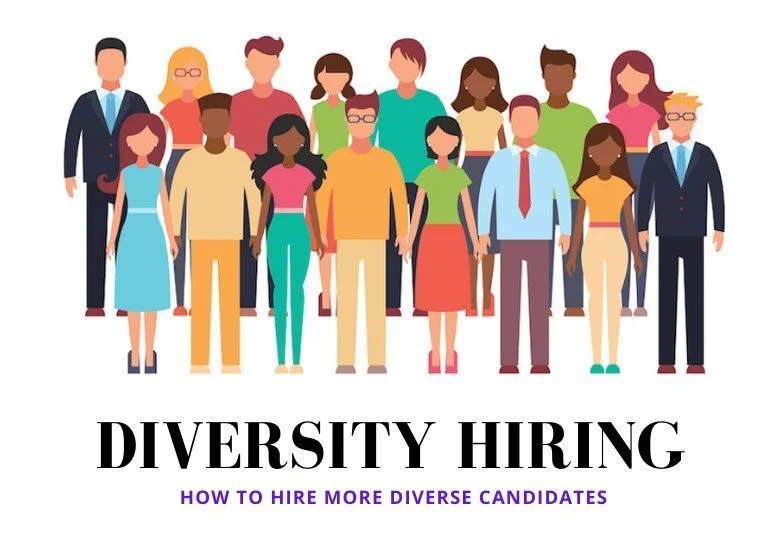The word “leader” ultimately derives from the Latin word for “the one who goes first.” And while leadership is often associated with those in government or the military, it need not be.
In fact, leadership can encompass a wide variety of roles, such as a mom leading her family, an organizer leading a protest march, or even a supervisor leading his team.
The actual definition of leadership is often debated. However, most definitions incorporate the three concepts of influence, power and motivation.
Influence
There are many different types of influence that a leader might utilize, including:
POWER
A more formal definition of power is “the ability to change others’ behavior through the application of reward or punishment.” All leaders have some form of power at their disposal, such as:
Formal Power – A leader who has a formal position is given the authority to change an organization’s processes and procedures. This includes both monetary incentives such as raises and bonuses, and non-monetary incentives like promotions or transfers.
Social Power – A leader with social power is one whose position in a community grants him or her the ability to influence people by the social norms of that environment. Positions such as celebrities, clergymen and others who are held in high regard often have some form of social power.
Informal Power – A leader with informal or personal power can be a single person in charge of a small team, or can also be an individual who has control over a large group of people like a parent leading a family. The former is more likely to lead with power than the latter.
Motivation
To explain motivation, we must first define the concept of goal. A goal is “an imagined result to achieve.” A goal can be as simple as a desire to get an A grade or as complex as a desire to get married and have children. Either way, all goals are related to a need for achievement.
Motivation is measured on a scale of 1–5, with 5 being the highest level. An individual that has high motivation and high quality will be able to achieve more in less time than an individual of lower levels in both motivation and skill.
Followers are the individuals who support a leader’s ideas or goals. The relationship between the leader and the follower is symbiotic, because each relies on the other to survive and thrive in whatever task they are performing.
Most leaders are exercising influence in an attempt to motivate their followers to action. There are five basic ways to motivate individuals:
1) Payment, also known as compensation (e.g.: money); This is what many people think of first when they hear the word “compensation.” Money can be used as either a tool to get an individual into a position of authority or as a tool to keep that individual working towards achieving goals and objectives.
2) Positive reinforcement (e.g.: praise); This is another way that people tend to think of when they think about motivating someone. Praising people for their efforts is a good form of motivation because it shows that the individual did something right and deserves to be rewarded for it.
3) Negative reinforcement (e.g.: criticism); Although most people do not like criticism, positive criticism can actually help some individuals improve their performances. This is because negative feedback can be used as an opportunity to improve performance the next time around by learning from one’s mistakes and moving on. By acknowledging good behaviors, this tactic can then motivate the individual in the future through positive reinforcement.
4) Disapproval (e.g.: reprimand); This is similar to negative reinforcement; however, disapproval requires an individual to accept that they are in the wrong for the current situation and learn from their mistakes by moving on. This is a good way to achieve long term goals because it promotes commitment and direction.
5) Praise (e.g.: recognition); Praise is used as a positive form of role modeling for individuals to follow and mimic as well as a reference point for the behavior of others.
6) Power (e.g.: dominance); When an individual has identified who they are as opposed to what others want them to be, it is necessary for that individual to stand up for what they believe in. This can be achieved through positive or negative reinforcement depending on the situation. This tactic is often used in conjunction with other forms of motivation.
Selected Bibliography
1) The Language of Motivation: Discourse and Metaphor in the Workplace by Gordon L. Merrell (1997).
2) Organizational Behavior: What Managers Need To Know by David A. Dubois and Peter M. Senge (1995).
3) “Teamwork Success Strategies”, by William J. Rothwell and Steven E. Gross (1997).
4) “The Top 10 Questions Leaders Ask About Teams”, by Nancy J. Adler and Peter M. Senge (1997).
5) Empowering Teams: Unlocking the Potential of Everyone in Your Organization by Robert G. Eccles, Nitin Nohria, and Hannah M. Richards (1997).
6) Understanding Motivation and Emotion, 2nd Edition by Robert Plutchik and Henry Kellerman (1986).
7) Human Motivation: Theory and Practice by Edgar H. Schein (2004).
8) The Power of Team Leadership: The Secrets to Building High-Performing Organizations, by Manfred Kets de Vries (2006).
9) The Effective Executive: The Definitive Guide to Getting the Right Things Done by Peter F. Drucker (2001).
10) Great Minds on Management: Western Classics and Eastern Wisdom, Edited by Richard Alan Osborn (2004).

